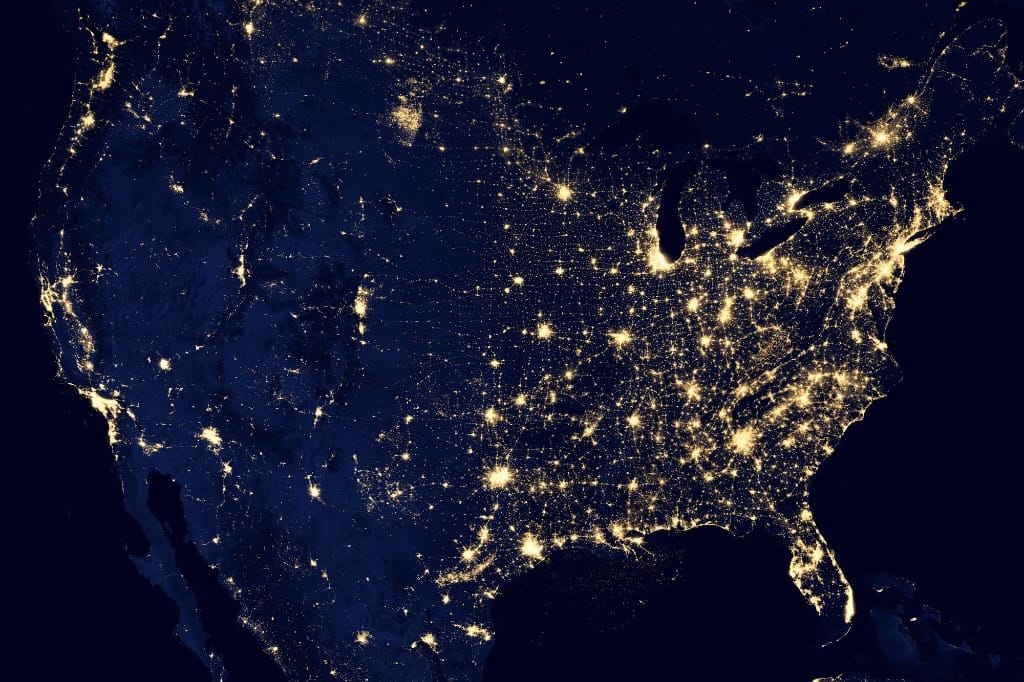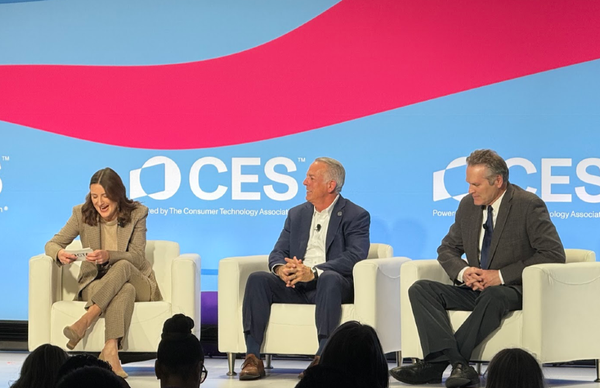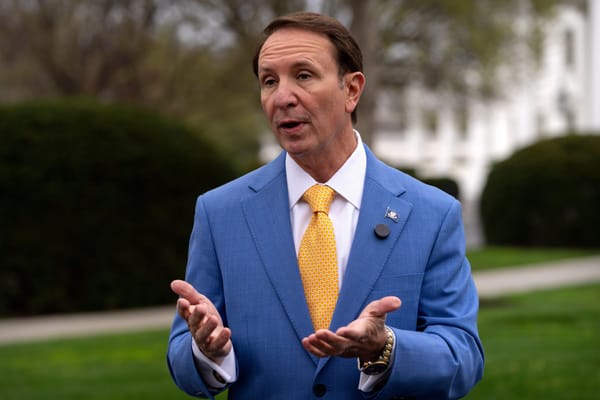Rural Electric Co-ops, Other ISPs Ask FCC to Verify Reported Coverage Data
Allowing providers to submit advertised speeds results in overstated coverage, groups said.
Jake Neenan

WASHINGTON, July 3, 2024 – Rural electric cooperatives and broadband internet service providers want the Federal Communications Commission to do a better job of verifying the service availability data it collects as part of its mapping process.
Under the 2020 Broadband DATA Act, the FCC has to maintain a map composed of data on every home and business where broadband could be installed and what internet service those locations have access to. The FCC has to update the map twice annually with provider-reported data.
The map was widely seen as an improvement to the FCC’s previous coverage map, which was less granular, but groups have been flagging lingering issues.
The problem with current FCC procedure, according to the National Rural Electric Cooperative Association, is twofold: the coverage data is self-reported, and providers can report advertised speeds. The result, according to the group, is overstated coverage that makes some rural communities ineligible for broadband subsidy programs.
The group spoke with an aide to FCC Chairwoman Jessica Rosenworcel on Monday and “conveyed our consistent position that the FCC’s continued reliance on self-reported advertised speeds from provider marketing campaigns rather than focusing on the on-the-ground realities in the rural areas means many communities will continue to be deprived of adequate broadband service,” according to an ex parte filing.
NRECA wants the commission to verify that self-reported data or require more evidence from providers.
NTCA, the trade group representing rural providers, has had similar things to say. The group spoke in June with staff from the offices of all five FCC commissioners to reiterate concerns it has brought before the agency for months.
Among their suggestions were: “Close loopholes that allow providers to avoid submitting data to back up coverage claims” and “consider changes to reporting standards to reflect proven technological capabilities on an objective engineering basis in lieu of accepting advertising-based claims alone.”
Both NTCA and NRECA also wanted the agency to accept speed test data as evidence for challenges to reported coverage. Users can submit such challenges, but they currently hinge on reported service being unavailable for purchase rather than experienced speeds being lower than advertised.
The flurry of activity was in part because of an item circulating at the agency. On May 22, the FCC announced the commissioners were considering an order that would update the agency’s data collection efforts.
The proposal included, among other things, “modifications to data collection requirements based upon lessons learned, as well as enhancements to agency data validation processes in order to continue to improve the precision of the underlying [data],” according to the FCC.
The text of the item has not been released publicly and the item isn’t slated for consideration at the commission’s upcoming July meeting.
The fourth version of the agency’s broadband map was released on May 21. The filing window for the fifth iteration opened on Monday and will close on September 1.












Member discussion